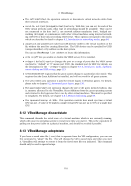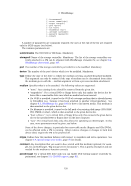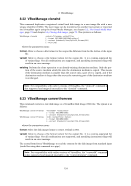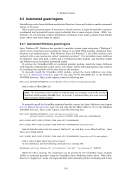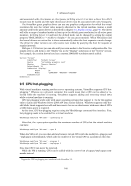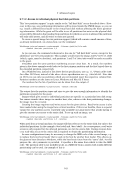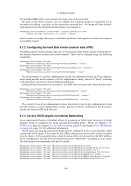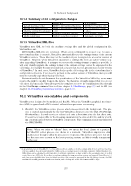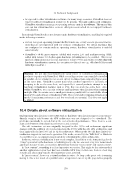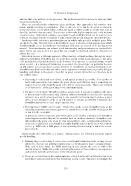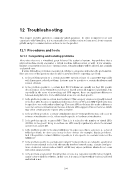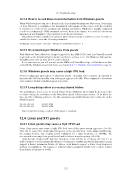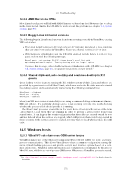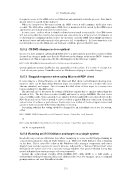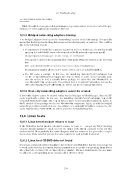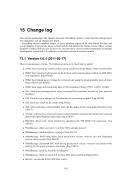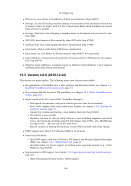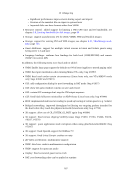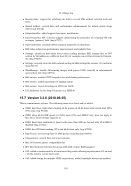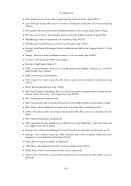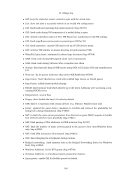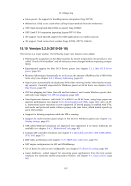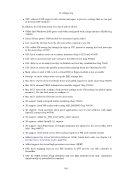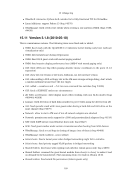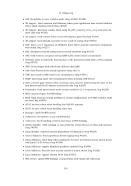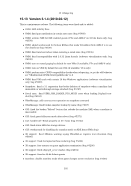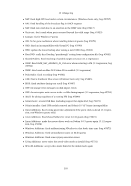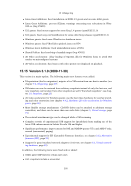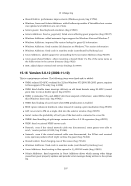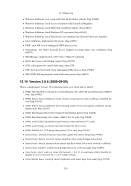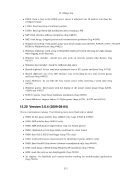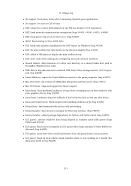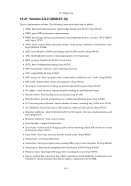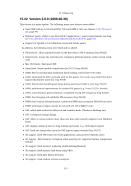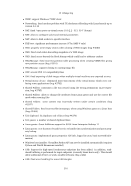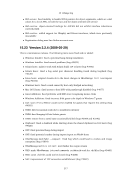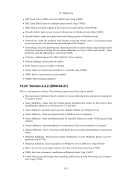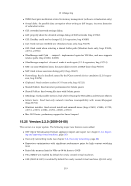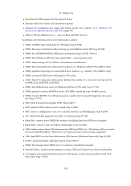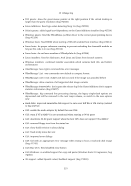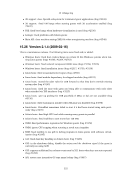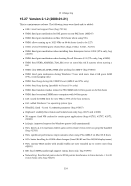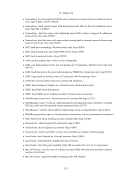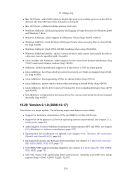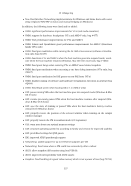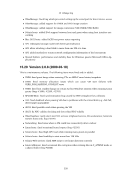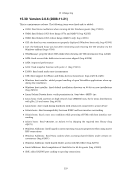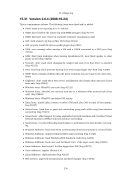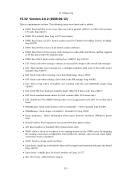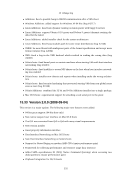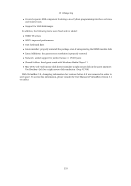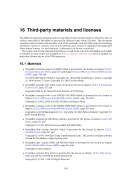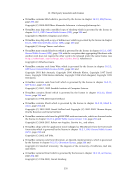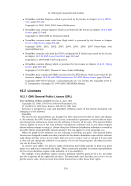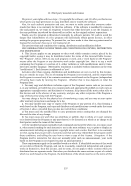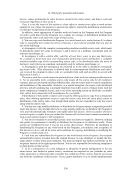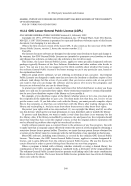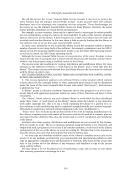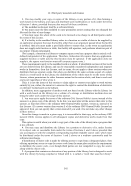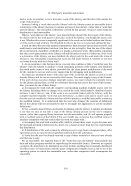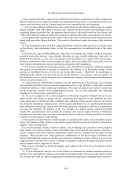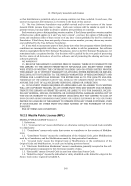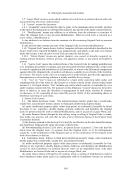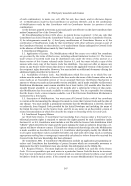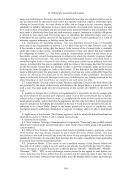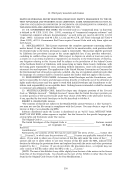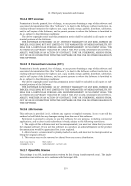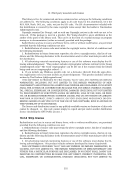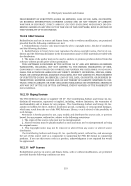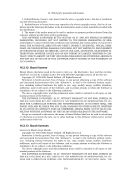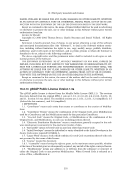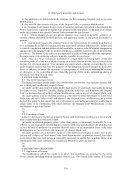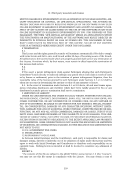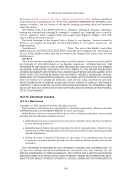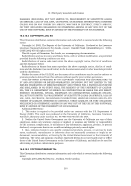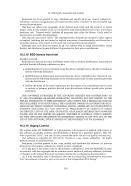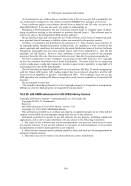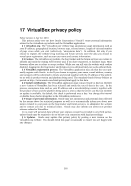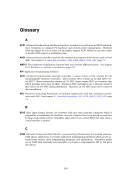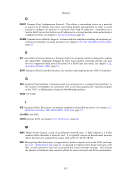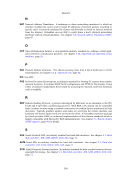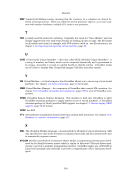3 Configuring virtual machines On a Windows host, you will need to unplug and reconnect a USB device to use it after creating a filter for it. As an example, you could create a new USB filter and specify a vendor ID of 046d (Logitech, Inc), a manufacturer index of 1, and “not remote”. Then any USB devices on the host system produced by Logitech, Inc with a manufacturer index of 1 will be visible to the guest system. Several filters can select a single device – for example, a filter which selects all Logitech devices, and one which selects a particular webcam. You can deactivate filters without deleting them by clicking in the checkbox next to the filter name. 3.10.2 Implementation notes for Windows and Linux hosts On Windows hosts, a kernel mode device driver provides USB proxy support. It implements both a USB monitor, which allows VirtualBox to capture devices when they are plugged in, and a USB device driver to claim USB devices for a particular virtual machine. As opposed to VirtualBox versions before 1.4.0, system reboots are no longer necessary after installing the driver. Also, you no longer need to replug devices for VirtualBox to claim them. On newer Linux hosts, VirtualBox accesses USB devices through special files in the file system. When VirtualBox is installed, these are made available to all users in the vboxusers system group. In order to be able to access USB from guest systems, make sure that you are a member of this group. On older Linux hosts, USB devices are accessed using the usbfs file system. Therefore, the user executing VirtualBox needs read and write permission to the USB file system. Most distri- butions provide a group (e.g. usbusers) which the VirtualBox user needs to be added to. Also, VirtualBox can only proxy to virtual machines USB devices which are not claimed by a Linux host USB driver. The Driver= entry in /proc/bus/usb/devices will show you which devices are currently claimed. Please refer to chapter 12.6.7, USB not working, page 176 also for details about usbfs. 3.11 Shared folders Shared folders allow you to easily exchange data between a virtual machine and your host. This feature requires that the VirtualBox Guest Additions be installed in a virtual machine and is described in detail in chapter 4.3, Shared folders, page 62. 3.12 Alternative firmware (EFI) Starting with release 3.1, VirtualBox includes experimental support for the Extensible Firmware Interface (EFI), which is a new industry standard intended to eventually replace the legacy BIOS as the primary interface for bootstrapping computers and certain system services later. By default, VirtualBox uses the BIOS firmware for virtual machines. To use EFI for a given virtual machine, you can enable EFI in the machine’s “Settings” dialog (see chapter 3.4.1, “Moth- erboard” tab, page 43). Alternatively, use the VBoxManage command line interface like this: VBoxManage modifyvm "VM name" --firmware efi To switch back to using the BIOS, use: VBoxManage modifyvm "VM name" --firmware bios One notable user of EFI is Apple’s Mac OS X, but recent Linuxes (such as Fedora 11) and Windows (starting with Vista) offer special versions that can be booted using EFI as well. Another possible use of EFI in VirtualBox is development and testing of EFI applications, with- out booting any OS. 51
Purchased from Demo (abedemo.tizrapublisher.com) for the exclusive use of unknown. © 2025 Demo. Please report unauthorized use to pirate@tizra.com






















































































































